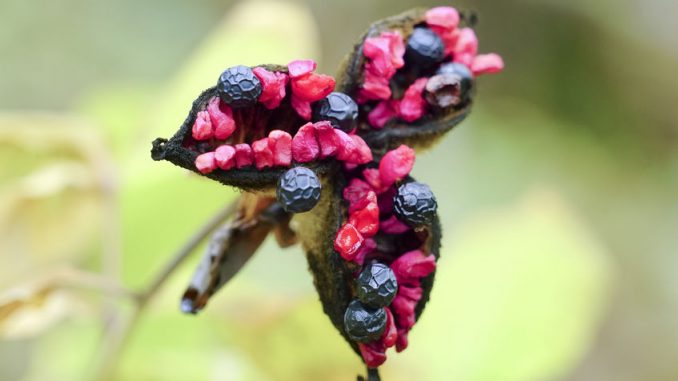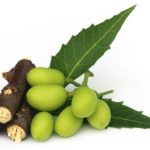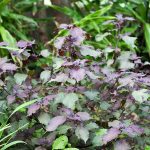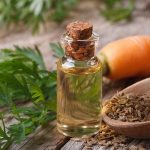
The genus Paeonia does not just provide us with horticultural specimens of some merit but also products with health benefits. There are over 30 species found widely throughout the temperate region of the world. It is the only genus in the family Paeoniaceae.
Many have been found in China and Japan where they are used to provide various health remedies. The use of peony seed oil goes back 2000 years of continuous use but it is also known for its dry root bark which is even more potent. The bark is called Dan Pi is used to promote blood circulation and remove blood clots.
There are eight woody species in the sub-section of the Paeonia genus called Moutan. These are found in various parts of China from Yunnan, Xizang (Tibet) to Anhui and Shanxi (Hong & Pan, 1999; He et al., 2010a).
The genus offers many different types of plant, not only for the horticulturalist to trial but also as a source of the oil. The main medicinal species is Paeonia suffruticosa Andr. This seed oil is approved by the Chinese government.
Peony oil is light golden in color, clear in transparency, and practically odorless although some can detect a very faint, natural oil scent.
Componentry
Twenty monoterpene glycosides have been isolated from the oil in the peony seed cake. These are mainly pyrindylpaeoniflorin, albiflorin, oxyalbiflorin.
Peony seeds contain these materials too: peony phenol; peony sterol; apigenin; trans-resveratrol; β-sitosterol; stigmasterol; suffruticosol A, B, C, and D; 8-debenzoylpaeonidanin; albiflorinR1; peoniflorin; nicotinic acid; vitamins E; caffic acid; oleanolic acid.
The oil content which is mainly polyunsaturated fatty acids is 90%, The linolenic acid content is nearly 40%.
References
, , , , , & (2010a). Phytochemical and Biological Studies of Paeoniaceae. Chemistry & Biodiversity, 7, pp. 805–838.
, & (1999). Taxonomical history and revision of Paeonia sect. Moutan (Paeoniaceae). Acta Phytotaxonomica Sinica, 37, pp. 351–368.
Zhang, T., Gao TS, Bai RY, Huang XL, Guo N, Lu JX, Luo A.C. (2015) Oil Peony Utilization and Research Progress. J. Chongqing. Normal. Univer. 2 pp. 143–149. .



Leave a Reply